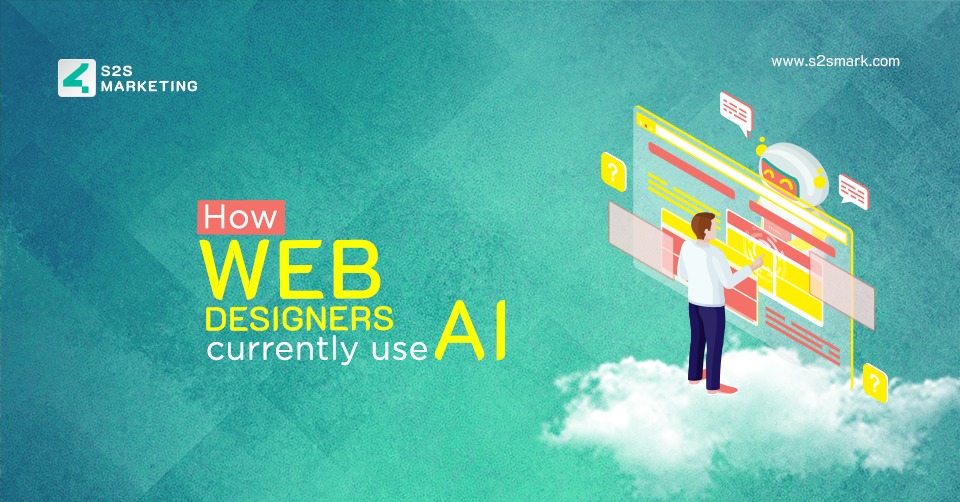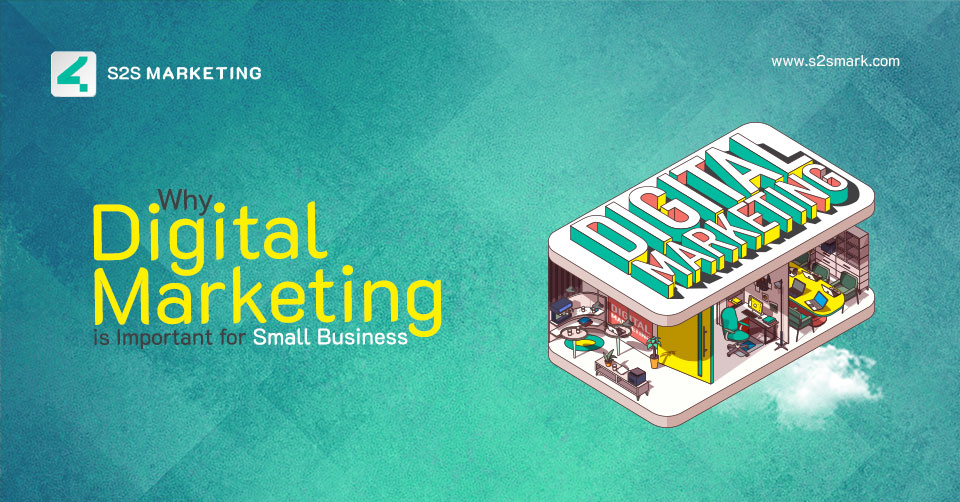In today’s rapidly evolving digital landscape, web designers are making the most out of the latest technologies to enhance their creative processes and deliver exceptional user experiences. One such technology that has been gaining significant attention, over the past some time is Artificial Intelligence (AI). Let’s explore how web designers are incorporating AI into their processes and the impact it’s having on the industry.
Understanding AI in Web Design
AI web design generator has become an invaluable asset for web designers in automating their work. Tasks that once demanded hours of manual labor, such as resizing images, optimizing layouts for different devices, and even generating code snippets, can now be handled efficiently by AI-powered tools. Around 93% of web designers are harnessing AI’s capabilities to streamline their workflows, make data-driven decisions, and create websites that resonate with their target audiences, this not only saves time but also allows designers to focus on more creative aspects of their work.
Following are the top free AI generators, which are being used by web designers,
- Figma with Variance
- Adobe Sensei
- Canva’s Magic Resize
- Hostinger
- Wix ADI (Artificial Design Intelligence)
User Behavior Analysis
User experience (UX) is at the heart of effective web design. AI’s ability to analyze user behavior and preferences has revolutionized how designers approach UX. AI-powered tools gather and analyze user data, including browsing patterns, click-through rates, and engagement metrics, how users navigate through a site, where they click, and how long they stay on a page, AI helps designers tailor the user experience to meet individual needs.
This leads to more engaging and relevant website, and such invaluable insight enables designers to understand user preferences and tailor website experiences accordingly. For instance, if AI detects that users tend to linger on certain types of content, designers can prioritize similar content in future designs.
Let’s discover how web designers adopt this fresh technology, which could spark your own ideas for its application.
- 58% of surveyed designers use AI to produce images and media content for websites
- 50% employ AI for crafting entire web page designs.
- 49% utilize AI to test out novel design tactics and elements.
- 43% leverage AI to uncover improvements for their designs.
- 40% employ AI to monitor design quality and performance.
- 20% use AI to evaluate user experience.
Personalized Content Generation
One of the remarkable ways AI is reshaping web design is through personalized content delivery. AI algorithms can dynamically adjust the content displayed on a website based on a user’s past interactions and preferences. This level of personalization creates a more immersive experience, making users feel that the website is designed just for them. You can also read about our AI Glossary For Marketing Professionals to get more information.
Challenges and Limitations
While AI brings exciting opportunities to the field of web design, it’s essential to acknowledge the challenges it poses. There are challenges and limitations associated with incorporating AI into web design.
- One challenge is the learning curve. Designers need to familiarize themselves with AI tools and algorithms, which can be time-consuming.
- Additionally, AI’s recommendations are based on historical data, which may not always accurately predict future user behavior.
- Another limitation to consider is the potential loss of the human touch. While AI can automate certain design processes, the creative spark that humans bring to the table is irreplaceable.
The challenge lies in striking the right balance between AI-driven efficiency and human creativity. Additionally, the ethical implications of AI, such as data privacy and security concerns, need to be carefully addressed.
Anticipating the Path Ahead
Despite the challenges, the path ahead for AI in web design looks promising. As AI technology continues to advance, designers can expect more sophisticated tools that offer real-time insights and predictions. Imagine a scenario where AI can instantly adapt website layouts based on user interactions, providing a personalized experience for each visitor. This synergy between human creativity and AI assistance holds the potential to redefine the boundaries of web design
In the grand scheme of things, AI is not here to replace web designers; it’s here to complement and amplify their capabilities. The most successful designers will be those who embrace this balance, leveraging AI’s power to enhance their work while infusing it with their unique creative insights. Looking ahead, the integration of AI in web design is poised to continue evolving.
As AI algorithms become more sophisticated, designers can expect even more precise user behavior predictions, advanced automation tools, and enhanced decision-making support. This synergy between human creativity and AI assistance holds the potential to redefine the boundaries of web design.
Conclusion
In conclusion, AI is transforming the landscape of web design by empowering designers with data-driven insights and automation capabilities. However, it’s essential to navigate the challenges and limitations thoughtfully. As AI technology evolves, web designers will continue to find innovative ways to combine the power of AI with their creative expertise, ensuring that websites not only look visually appealing but also offer seamless and engaging user experiences.
In the end, what makes a website truly exceptional is its ability to connect with users on a human level. While AI can optimize layouts and automate certain tasks, it’s the human touch that adds emotional resonance and creativity to a design. The magic lies in finding the right harmony between technological innovation and human ingenuity.
FAQs
1. How does AI impact the role of a web designer?
AI augments a web designer’s role by providing data-driven insights, automating repetitive tasks, and enhancing user experiences through personalized content.
2. Can AI completely replace human web designers?
No, AI cannot replace human web designers entirely. While AI streamlines processes, human creativity, and intuition are crucial for delivering unique and emotionally resonant designs.
3. What are the potential risks of relying heavily on AI in web design?
Overreliance on AI could lead to designs that lack emotional resonance and creativity, potentially resulting in generic-looking websites that fail to connect with users on a deeper level.





